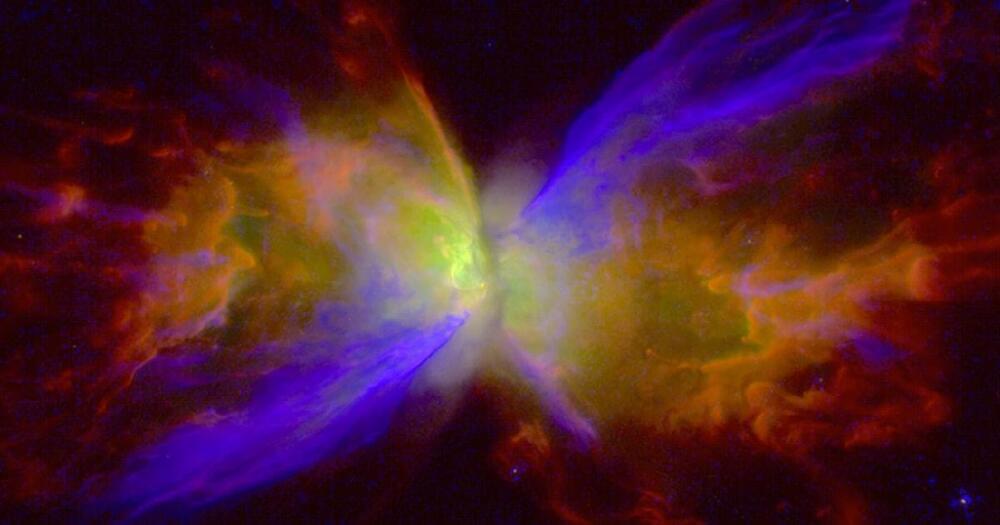I made this video with the help of Artificial Intelligence to prove the point Terence McKenna makes in this video that AI will surpass the human production in all the levels.
What did AI tools make?
- Tuning the audio quality to make it look like a podcast record, even though the audio was recorded with a low quality hand microphone in a party in 1998.
- Creating a realistic HD picture of Terence McKenna and tuning the color level, with background.
AUTHOR :
Terence Kemp McKenna (November 16, 1946 – April 3, 2000) was an American ethnobotanist and mystic who advocated the responsible use of naturally occurring psychedelic plants. He spoke and wrote about a variety of subjects, including psychedelic drugs, plant-based entheogens, shamanism, metaphysics, alchemy, language, philosophy, culture, technology, environmentalism, and the theoretical origins of human consciousness. He was called the “Timothy Leary of the ‘90s”, “one of the leading authorities on the ontological foundations of shamanism”, and the “intellectual voice of rave culture”.
McKenna formulated a concept about the nature of time based on fractal patterns he claimed to have discovered in the I Ching, which he called novelty theory, proposing that this predicted the end of time, and a transition of consciousness in the year 2012. His promotion of novelty theory and its connection to the Maya calendar is credited as one of the factors leading to the widespread beliefs about the 2012 phenomenon. Novelty theory is considered pseudoscience.
https://share.epidemicsound.com/xr9f5b.
OUR ADDED-VALUE :




